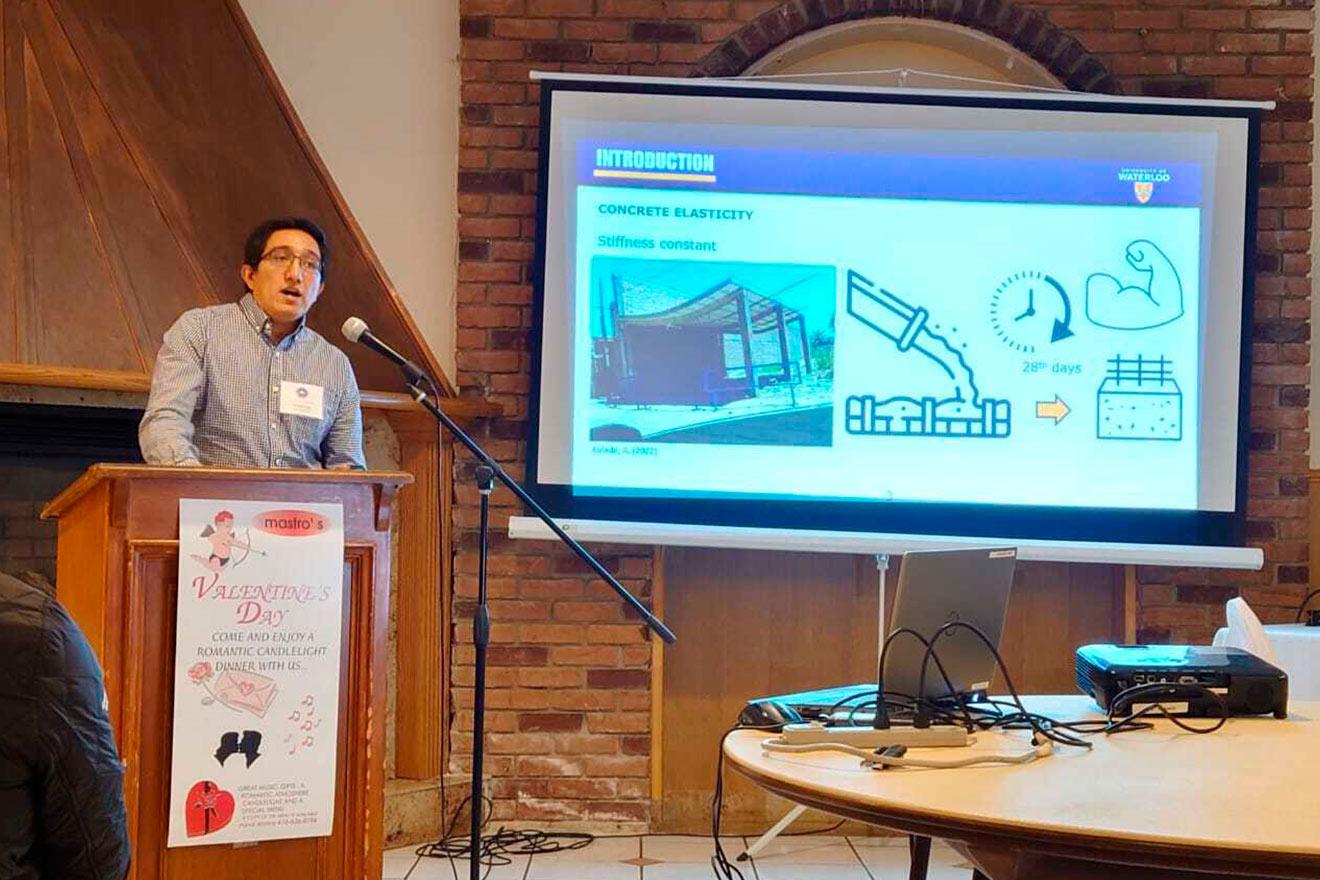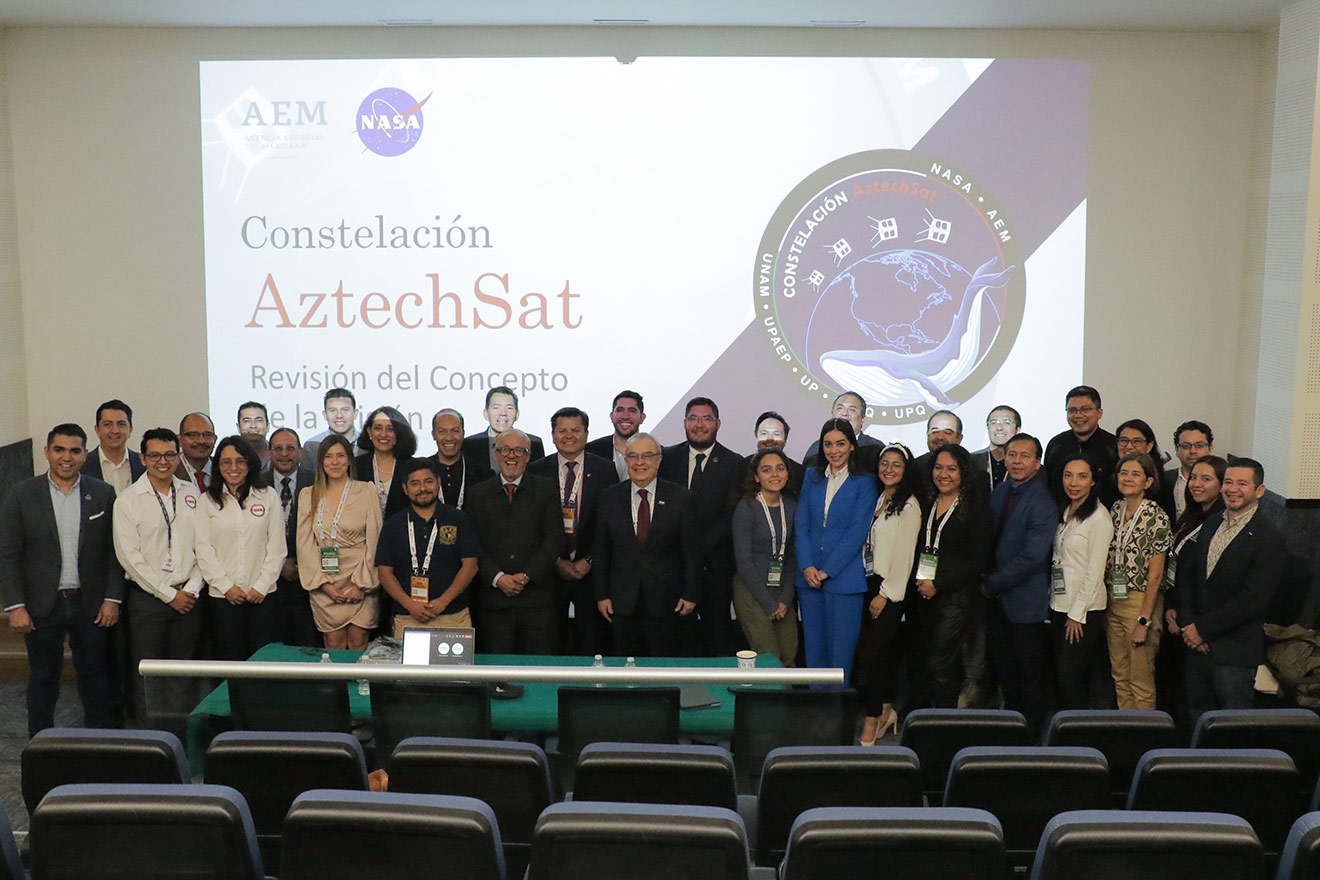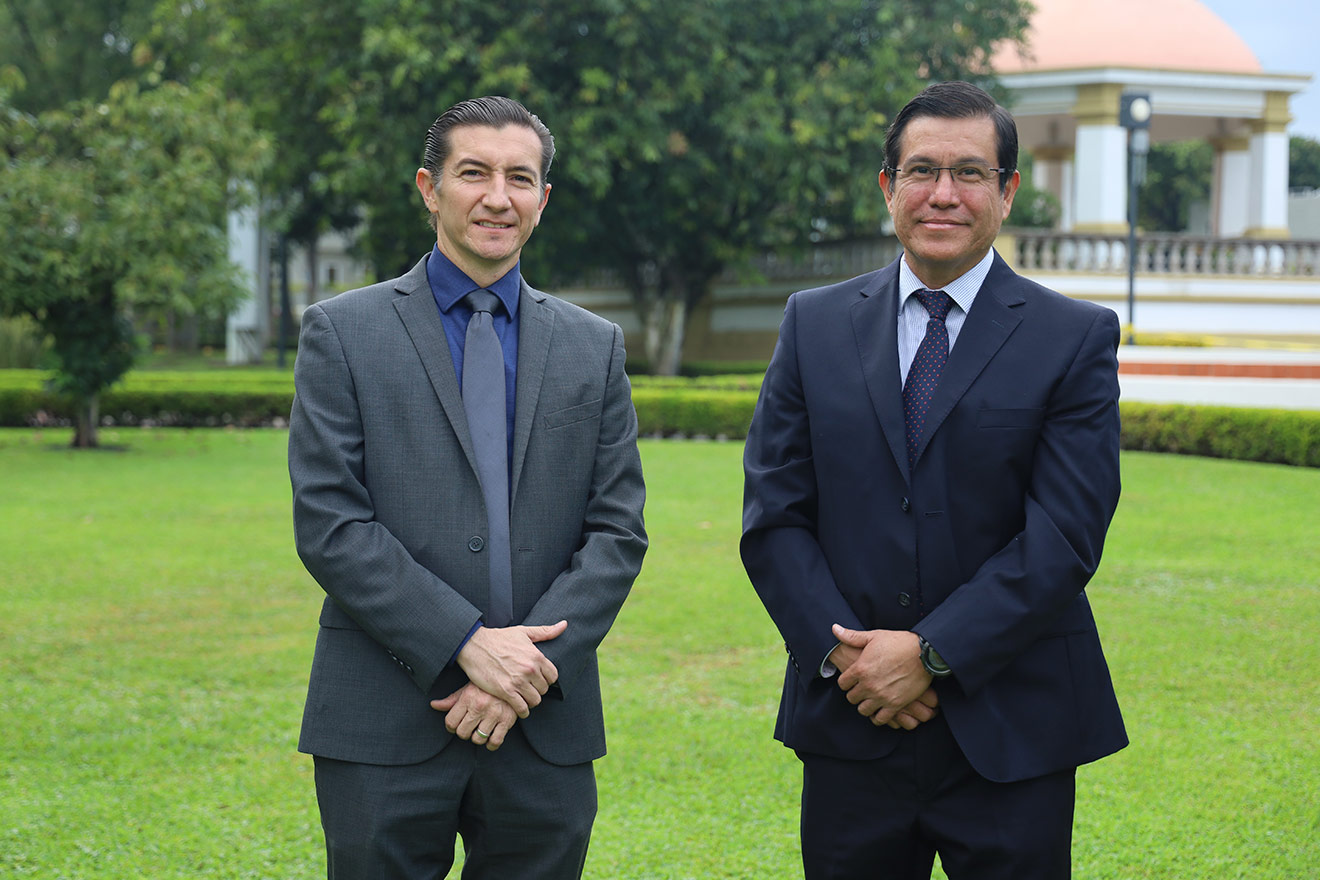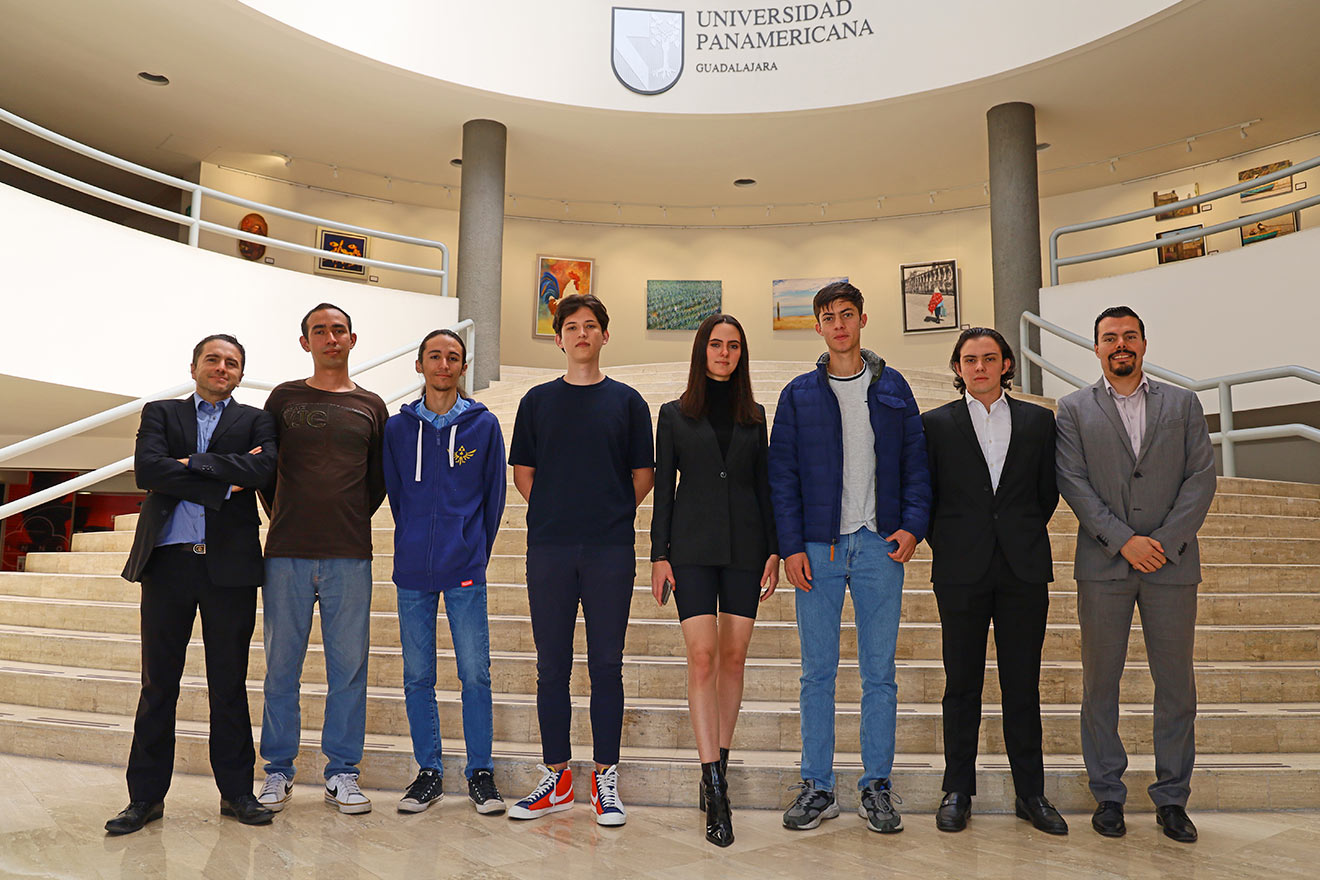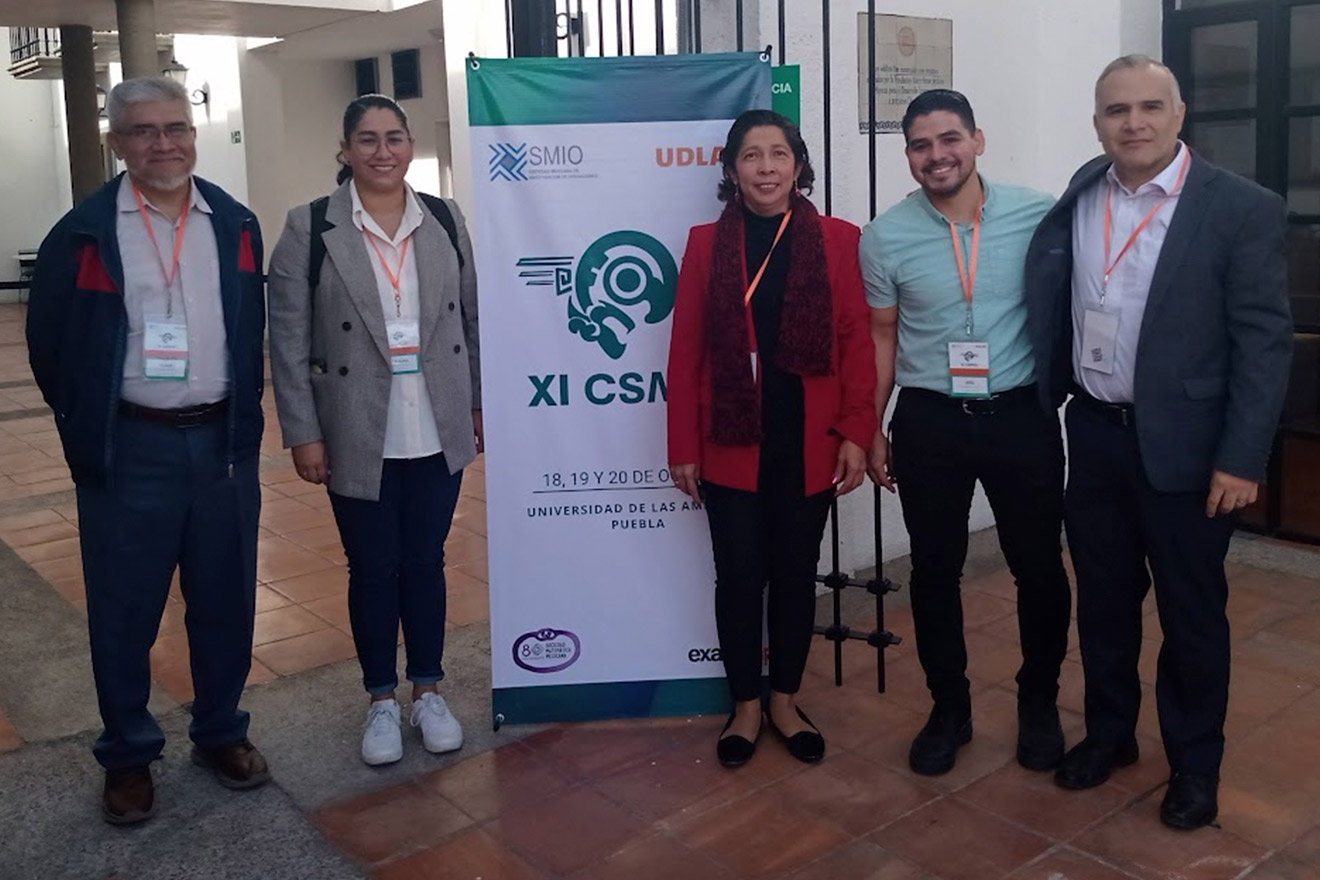Dr. Pia Berger has devoted much of her career to research in the area of circular economy, focusing particularly on the study of renewable energies, carbon capture, and the development of new biomaterials such as biochar and biopolymers to take advantage of waste and turn it into raw materials for construction, fuels, insulation, and a host of new resources.
At the beginning of her professional career as a geologist focused on geophysics, Pia specialized in volcano monitoring and seismic tomography. Subsequently, she worked in industry in the area of renewable energy and soil remediation.
She has also conducted research in institutions abroad, in countries such as France, Italy, Germany, Australia, the United States, and Mexico.
With eight years of continuous work at our University, Dr. Pia Berger teaches classes in alternative energy and chemistry to Engineering students.
Circular Economy
Her research delves into circular economy, where she has developed a bioplastic based on fruit waste such as from oranges and mangoes. It is of note that circular economy seeks to care for the environment and always strives for economy and sustainability.
At the same time, in recent years, she has focused her work directly on the development of biochar to be used on our very own campus to save on irrigation water and use less fertilizer.
“The idea is to introduce compost in the lawns twice a year, normally in winter and in summer, that is, during vacation time, and mix this compost with biochar,” she reports.
Joining forces at our institution
With the support of a Swiss researcher who joined forces with Panamericana, the UP professor, in collaboration with several thesis students, managed to make use of a Kon-Tiki, a device capable of producing 50 kilograms per day of biochar that is composed of at least 50 percent carbon, thanks to the process to which it is subjected.
During the study, together with a thesis student, they analyzed four types of biochar produced in the Kon-Tiki; three of them are suitable for use as part of cow feed and all four are suitable for introduction into soils.
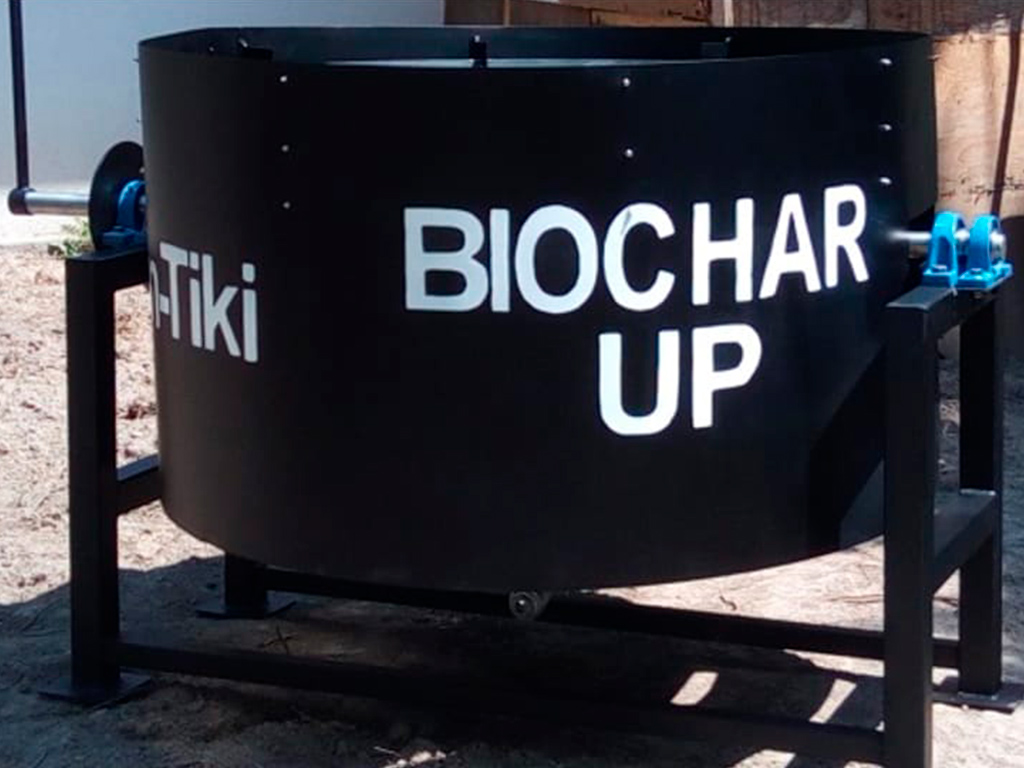
An alternative for the agricultural sector
“With a percentage of biochar in the soil, tremendous benefits are possible. For example, agricultural fields need less water and less fertilizer, the cost of which has increased, and the internal structure of plants is strengthened, thus avoiding pests,” she adds.
It is important to highlight that the use of biochar is greatly beneficial for the agricultural sector, as chicken and egg producers use this material as a fertilizer and odor disperser, which in turn absorbs nutrients from animal waste.
Dr. Pia also comments, “We did studies on landfill because there is a lot of wood waste that ends up there that nobody knows what to do with. So, converting it into biochar is an excellent option. Of course, it always has to be waste.”
Biocarbon also has enough properties and nutrients to make it an excellent choice for cattle feed. “Cows produce a lot of methane gas, so their stomachs become bloated and they suffer. The moment you mix biochar with their feed, they suffer less, feel better, and are more capable of producing their respective products,” she concludes.



